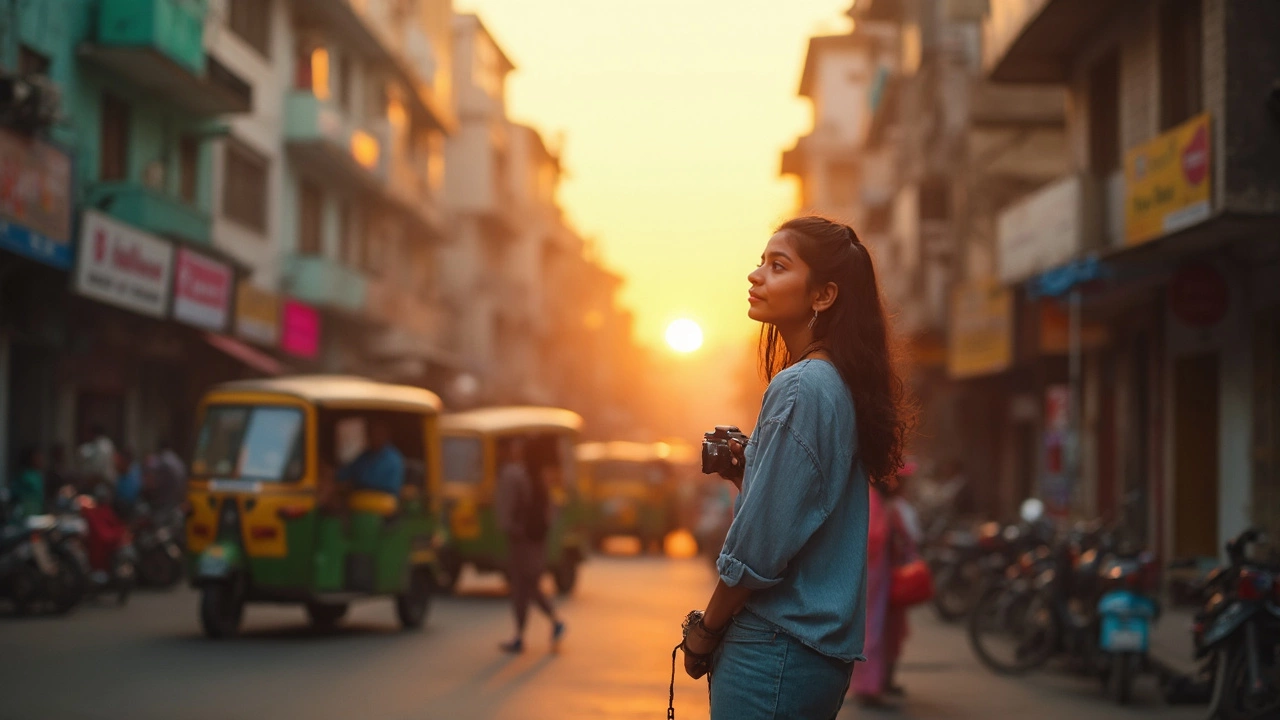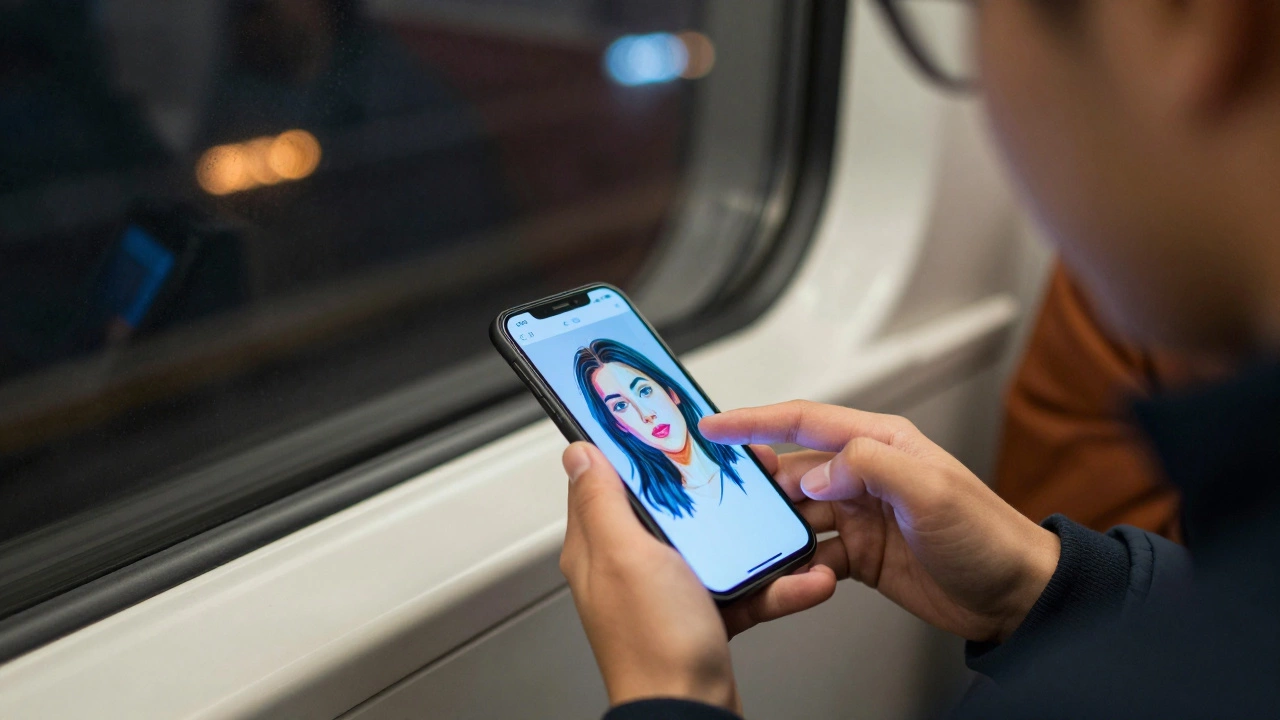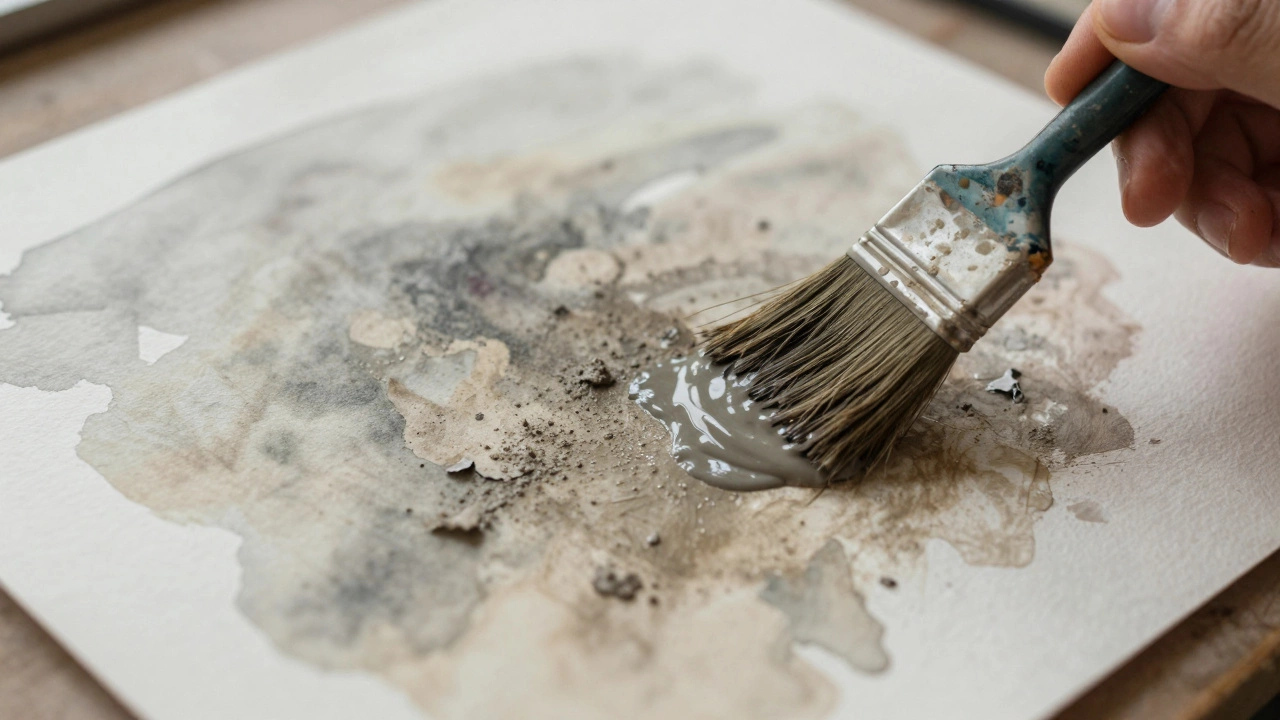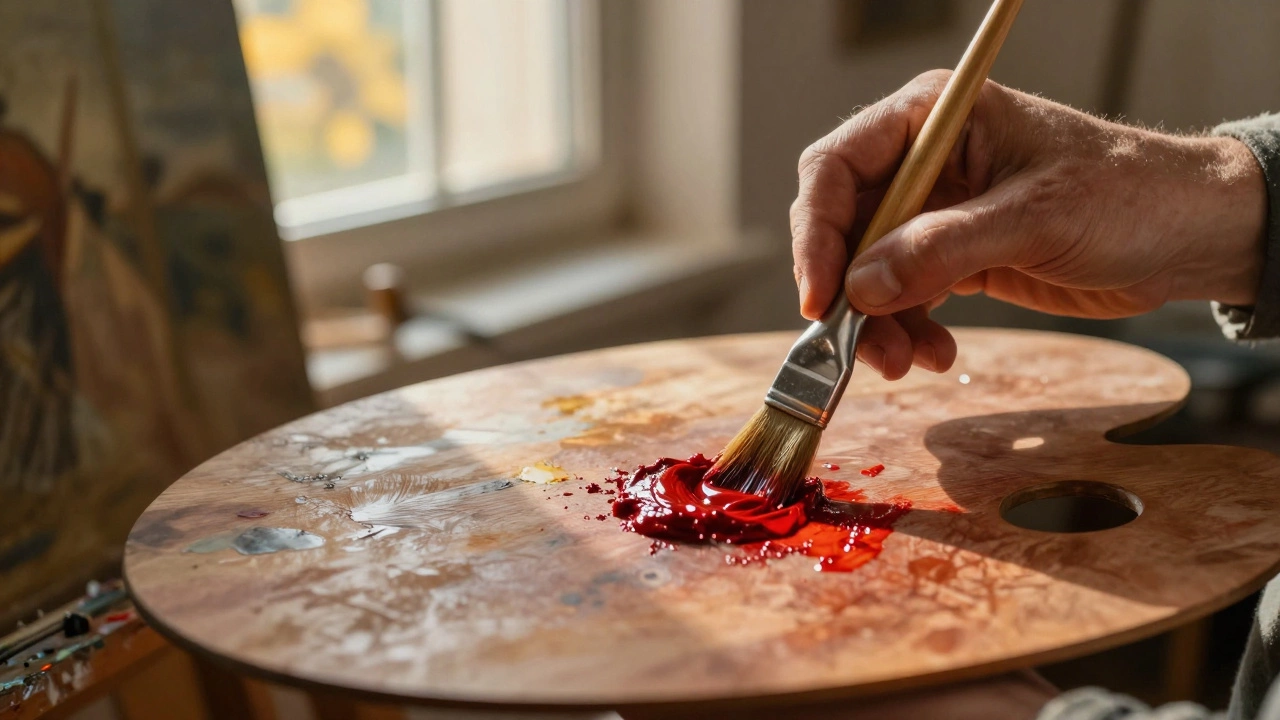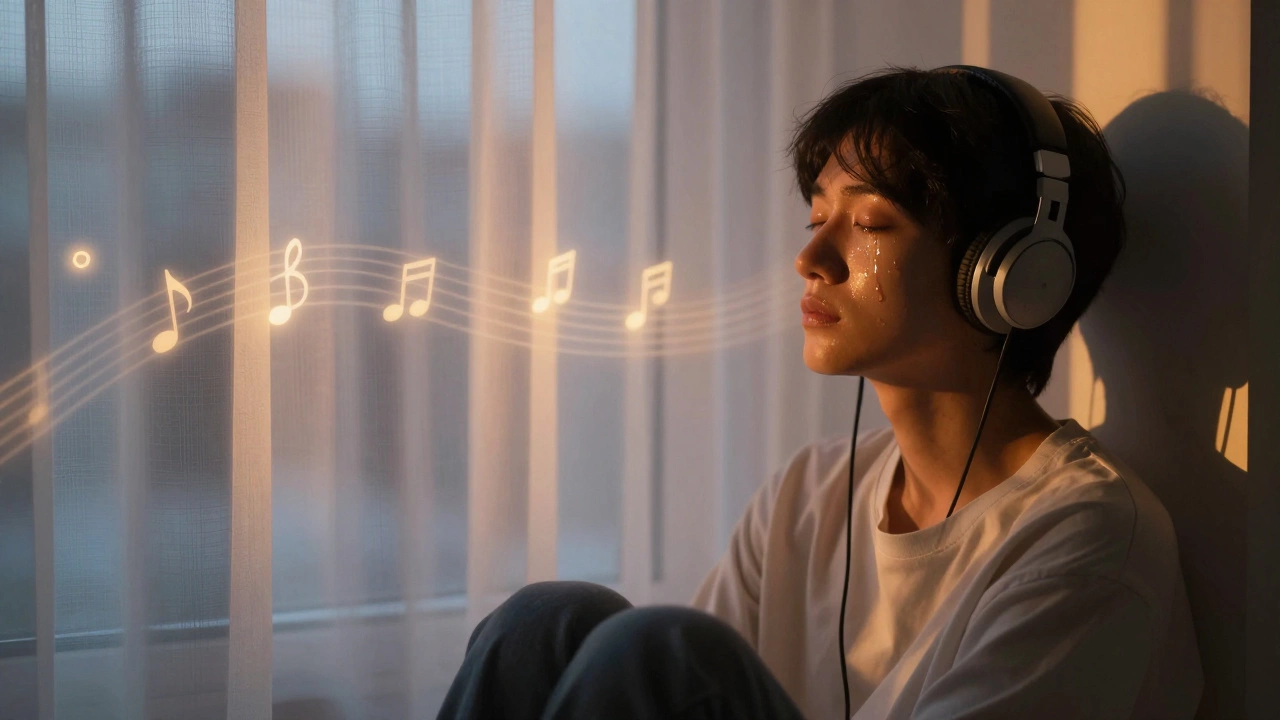Fine art photography isn’t just snapping pretty pictures—it’s about having something to say and making people feel something with your images. If you’re hoping to break in, the first step is figuring out what sets your work apart. Grab your camera (or even your phone if that’s what you’ve got right now) and start shooting every day. Look back at what you make—notice any patterns in what you love to shoot? That’s the start of your style.
Don’t stress about buying fancy gear from the get-go. Some artists landed gallery shows shooting with old film cameras or even iPhones. What matters is your vision—the ideas and stories your photos share. Are you drawn to moody color grades? Or maybe you’re obsessed with symmetry or old buildings? Jot down notes about what feels right when you look at your own work. That gut feeling is the beginning of your unique point of view.
- Nailing Down Your Own Style
- Building a Strong Portfolio
- Getting Your Work Out There
- Networking and Finding Mentors
- Making Money with Your Art
Nailing Down Your Own Style
Every successful fine art photography career starts with a distinctive style. The trick is, nobody hands you a manual for finding it—you figure it out by shooting constantly and being honest about what grabs your own attention. Most fine art photographers spend months (sometimes years) trying out different subjects, editing styles, and themes before something clicks.
So, how do you do it? Start by making a habit of shooting what interests you, not what you think is popular. Maybe it’s weird shadows, abandoned spaces, or extreme close-ups of daily objects. Lily Stockman, now shown in galleries worldwide, started by documenting ordinary houseplants, pushing how far she could go with color and framing. The key? Consistency. If you feel excited about shooting it, chances are there’s an audience that’ll notice that energy too.
- Review your work regularly: Set aside time each week to scroll through your shots. What keeps popping up? Are you drawn to certain moods or topics?
- Edit with intent: Try different editing tools or approaches. You might find your style comes through more clearly in black and white, or maybe high-contrast color brings your vision to life.
- Seek honest feedback: Don’t just ask your friends. Post to online groups for fine art photography and see what strangers notice about your work. It’s often eye-opening.
- Experiment relentlessly: Don’t settle early. The first thing you become known for may not be your true passion, so keep experimenting.
If you’re worried about the competition, here’s a truth: artists who stick to a certain look or story are nearly 70% more likely to be remembered at portfolio reviews. Annabelle Breakey, who broke into fine art photography by focusing on food still lifes, once shared she submitted over 40 different series for review before one got picked up. That kind of persistence—and sticking with themes that felt right to her—made all the difference.
Snap, sort, edit, repeat. Pretty soon, you’ll spot your own vibe coming through—and that’s what gets you noticed.
Building a Strong Portfolio
If you want to break into fine art photography, having a focused, memorable portfolio is your ticket in. This isn’t about dumping every photo you like into a folder. Pick your best work—think 10 to 20 images that actually fit together as a series or show off a clear voice. Quality matters so much more than quantity. Curators and buyers want to see what makes you, you. Even if you’re just starting, having one or two consistent themes helps a ton.
Don’t just stick random photos together. Instead, ask yourself: Would these shots look good hanging together on a wall? Are you telling a real story, or showing range without losing who you are? If you’re unsure, show your draft portfolio to someone you trust and get their honest take. Sometimes friends sugarcoat stuff—find people who will actually point out what feels off.
When you’re getting your work online, keep things clean and distraction-free. Avoid those free website templates that look clunky or blast visitors with ads. A simple site with big images, your name, and a way to contact you does wonders. Make sure your images are high-res, but not so huge that they take forever to load. A 2023 survey from Artsy found that 78% of curators discover new photographers online, so don’t underestimate how your digital portfolio looks.
- Stick to 1-2 bodies of work or themes at first, but go deep within them—this shows clarity, not indecision.
- Write short captions or a brief artist statement. Tell viewers what pulls you to your subject—simple honesty connects more than art-world jargon.
- If entering contests or applying for shows, double-check their requirements. Some want images in specific sizes or formats, so follow those specifics exactly.
Updating matters, too. If you’ve grown a lot in the past year, swap out old pieces for new ones that better show off your skills and style. Don’t leave your portfolio to gather dust; it should grow with you.
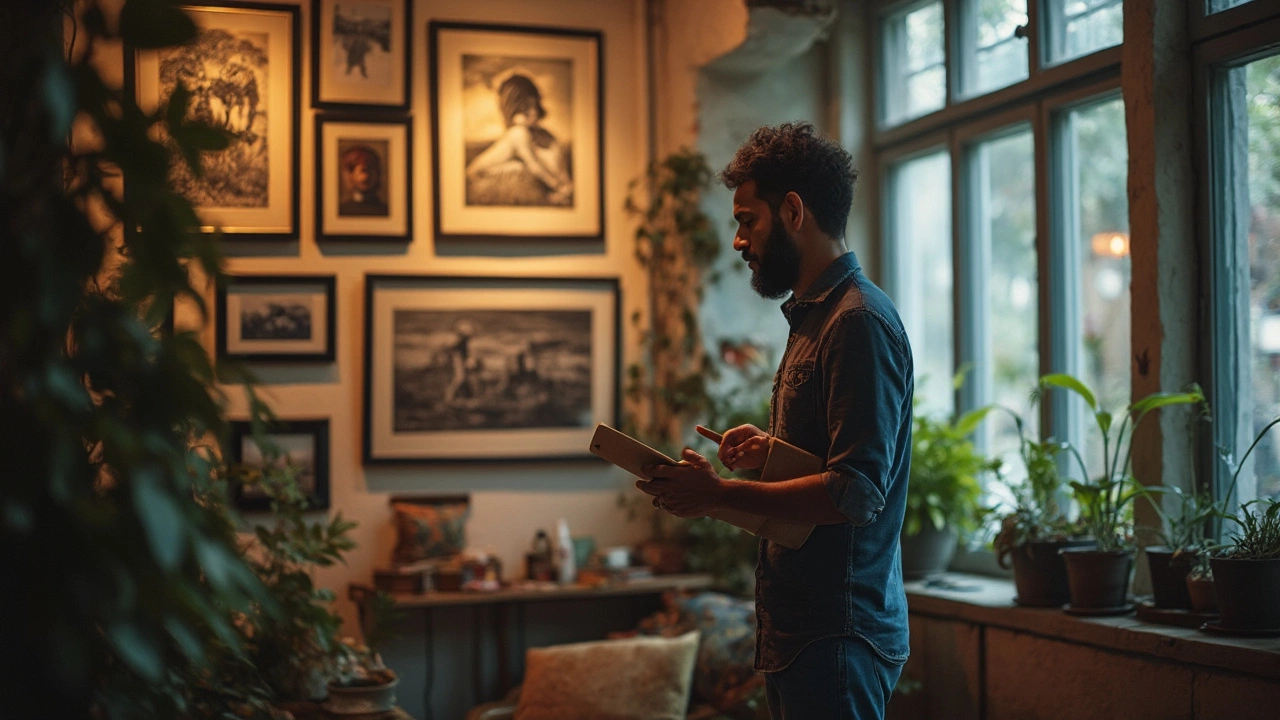
Getting Your Work Out There
This is where a lot of people get stuck, but it’s where the fun stuff starts. Once you’ve got a handful of images that feel like “you,” it’s time to show them off. With fine art photography, exposure isn’t luck—it’s hustle, smart choices, and knowing where people actually look.
Start by picking two or three platforms that fit your vibe and jump in. Instagram is obvious, but don’t ignore places like Behance, 500px, or even Tumblr—curators and gallerists really do browse these sites. Update regularly and use hashtags that are actually relevant to your work (#fineartphotography still matters). Don’t just dump your photos online; write a couple of sentences about what went through your head when you took the shot. Showing why you care makes others care too.
If you want to get a bit more serious, try submitting your work to open calls. Plenty of respected art magazines and gallery spaces hold these—check sites like LensCulture, Format, and the Photographers’ Gallery. Most charge a small fee, but the exposure can be worth it if you’re ready to be seen by real industry folks.
Getting into exhibitions is another solid move. Look out for group shows—they’re less intimidating than solo ones, and you’ll learn a ton just by seeing your images on a wall. If you’re in a smaller town with not much of a gallery scene, coffee shops, libraries, and community centers love new work and might let you hang pieces for free or a small charge. Check their bulletin boards or websites for submission details.
Here's a snapshot of where people typically first show their fine art photography:
| Platform/Location | Percent of New Artists (2023) |
|---|---|
| 65% | |
| Online Portfolio Sites | 35% |
| Local Coffee Shops/Libraries | 22% |
| Group Gallery Shows | 15% |
The best part? You don’t need a thick portfolio or fancy bio to start. Enthusiasm and a clear voice speak volumes. Introduce yourself, share what you’re doing, and always reply if someone comments or messages. That’s how connections start rolling in.
Bottom line: Put your work where eyes are already looking. Show up consistently, share your honest thoughts, and go for every opportunity that feels right. There’s no perfect launch—just a bunch of small steps forwards.
Networking and Finding Mentors
Trying to break into fine art photography on your own can feel like shouting into a void. That’s where networking comes in. The art world still runs a lot on connections, and those don’t happen by accident—you have to make them. Start local if you can. Look for gallery openings, art fairs, and photography clubs in your area. Even small meetups at coffee shops or community centers can lead to surprising connections.
Don’t just stick to your own city, though. There are big online communities where fine art photographers hang out. Check out places like LensCulture, 500px, Instagram, and especially Facebook groups for emerging art photographers. A good tip: instead of just sharing your work, comment on other people’s photos, ask questions, and join group challenges or contests. People remember you that way.
Mental note: It’s not just about getting your work seen, but about connecting with people who’ve been where you are. Mentors can point out shortcuts, common mistakes, and sometimes even open doors. You don’t always have to call someone your mentor for them to help you. Sometimes, just following their advice on social media or sending a thoughtful DM can get a conversation started.
- At gallery openings, introduce yourself to at least one new person each time, even if it’s awkward. Most successful fine art photography names started with tiny, awkward hellos.
- Keep your portfolio accessible (think link in your phone’s notes app) in case someone asks about your work.
- Be genuine. Fake-sounding compliments or bragging don’t win friends here.
- If someone inspires you, tell them—briefly. People appreciate it, and it makes you stand out.
Here’s something wild: According to a small 2023 survey by ArtConnect, 60% of fine art photographers said their first group show happened because of a personal connection, not cold submissions. In other words, who you know can sometimes matter just as much as what’s in your portfolio.
| Networking Method | Effectiveness (2023 ArtConnect Survey) |
|---|---|
| Local events | 47% |
| Online communities | 33% |
| School/Work connections | 12% |
| Random chances | 8% |
If you’re aiming to break into fine art photography, put yourself out there—even if your stomach does flips at the thought. Every new friend, DM, or handshake can take you closer to your first gallery show or sale.

Making Money with Your Art
Turning your fine art photography into a source of income takes some real-world hustle. You can’t just post a few cool shots online and hope someone backs up the money truck. Selling your prints, pitching galleries, or trying out online platforms all take a different approach, but you’ve got options. Most fine art photographers start small with local art fairs, group shows, or Instagram sales before galleries come calling.
Let’s break down a few of the most practical ways to start making money:
- Print Sales: Set up shop online—Etsy, your own website, or even a service like Saatchi Art. Keep editions limited (it makes your work more valuable). Sign and number your prints for credibility. Even in 2025, affordable open edition prints are still moving, but collectors love a little exclusivity.
- Gallery Representation: Selling through galleries means your art reaches buyers who are already looking for what you do. They usually take a commission (often 40-50%), so price your work accordingly. Before approaching a gallery, visit their shows, get a feel for their vibe, and make sure your work fits in.
- Art Fairs & Pop-Ups: Direct-to-buyer opportunities like these let you keep more profit. Plus, you see what actually sells and chat with real people about your work.
- Online Marketplaces: Beyond Etsy, try Fine Art America, Artsy, or even Instagram. Use hashtags and join online art groups to get your work in front of new audiences. There’s a reason #fineartphotography is used over 12 million times on Instagram in 2025.
- Commissions & Licensing: Sometimes companies, magazines, or interior designers want your style for their project. Build a licensing page on your site and mention you’re available for commissions. These jobs can pay really well compared to just selling prints.
Pricing your own work? That freaks out almost every new artist. Start by checking what photographers in your niche are charging. Consider your print size, edition numbers, and framing. Don’t undervalue yourself, but also don’t set prices so high nobody bites—you can always raise them after some sales.
Here’s a quick breakdown of how photographers actually make money in 2024 (rounded numbers from a real-world art market report):
| Income Source | Share of Total Earnings (%) |
|---|---|
| Print Sales (Online & In-Person) | 42 |
| Gallery Sales | 28 |
| Commercial Licensing | 18 |
| Teaching/Workshops | 12 |
Remember, building a money-making art career takes guts and doesn’t happen overnight. People pay for work that moves them, but you’ve got to get it in front of enough eyeballs first. As Susan Spiritus, who’s run her Los Angeles gallery since 1976, put it:
“The artists who stick with it—who keep sharing, keep experimenting, stay in touch with collectors—are the ones who eventually create a lasting business.”
So try everything, figure out what feels right, and don’t wait for permission to start selling. Your first sale is closer than you think.
